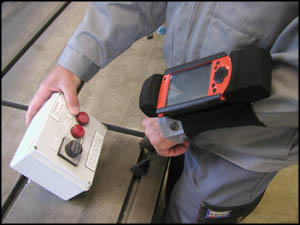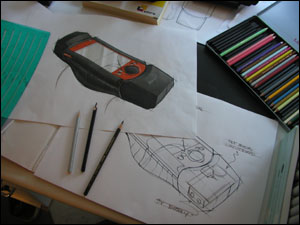Catching up with tons of papers, feeds, emails and crap after one week away, I was struck by a talk by Danah Boyd about MySpace called "Identity Production in a Networked Culture: Why Youth Heart MySpace". Apart from the identity production topic as well as the social analysis of this platform, I was particularly interested in this:
So what exactly are teens _doing_ on MySpace? Simple: they're hanging out. (...) For many teens, hanging out has moved online. Teens chat on IM for hours, mostly keeping each other company and sharing entertaining cultural tidbits from the web and thoughts of the day. The same is true on MySpace, only in a much more public way. MySpace is both the location of hanging out and the cultural glue itself. MySpace and IM have become critical tools for teens to maintain "full-time always-on intimate communities" [4] where they keep their friends close even when they're physically separated. Such ongoing intimacy and shared cultural context allows youth to solidify their social groups. (...) It is not the technology that encourages youth to spend time online - it's the lack of mobility and access to youth space where they can hang out uninterrupted. (...) structured activities in controlled spaces are on the rise. After school activities, sports, and jobs are typical across all socio-economic classes and many teens are in controlled spaces from dawn till dusk. They are running ragged without any time to simply chill amongst friends.
By going virtual, digital technologies allow youth to (re)create private and public youth space while physically in controlled spaces. IM serves as a private space while MySpace provide a public component. Online, youth can build the environments that support youth socialization.
Yes, what lots of researchers and designers tries to do in the late 90s with VR about creating virtual space topology so that people could "hang out" on-line has been achieved through blogs, social software and platform such as MySpace.
Why do I blog this? what I found important in this analysis is that the author is taking space as the cornerstone of the activity. This is an important topic: how space affords social (and also cognitive) practices. And of course, compared to parents concerns, it's less visible than thinking that myspace is a dangerous place to meet peodphiles. This situation expresses a very relevant spatial phenomenon.



 Why do I blog this? these elements are very interesting and have a wider impact than just video game design. It made me think of the
Why do I blog this? these elements are very interesting and have a wider impact than just video game design. It made me think of the 

